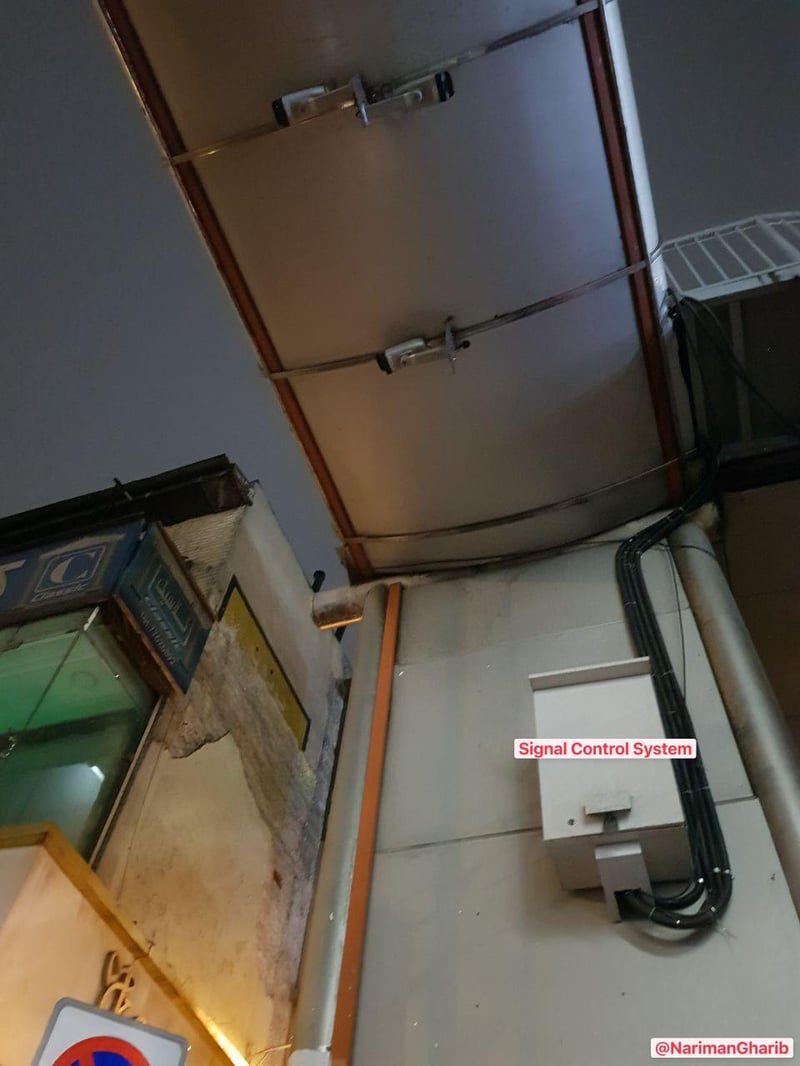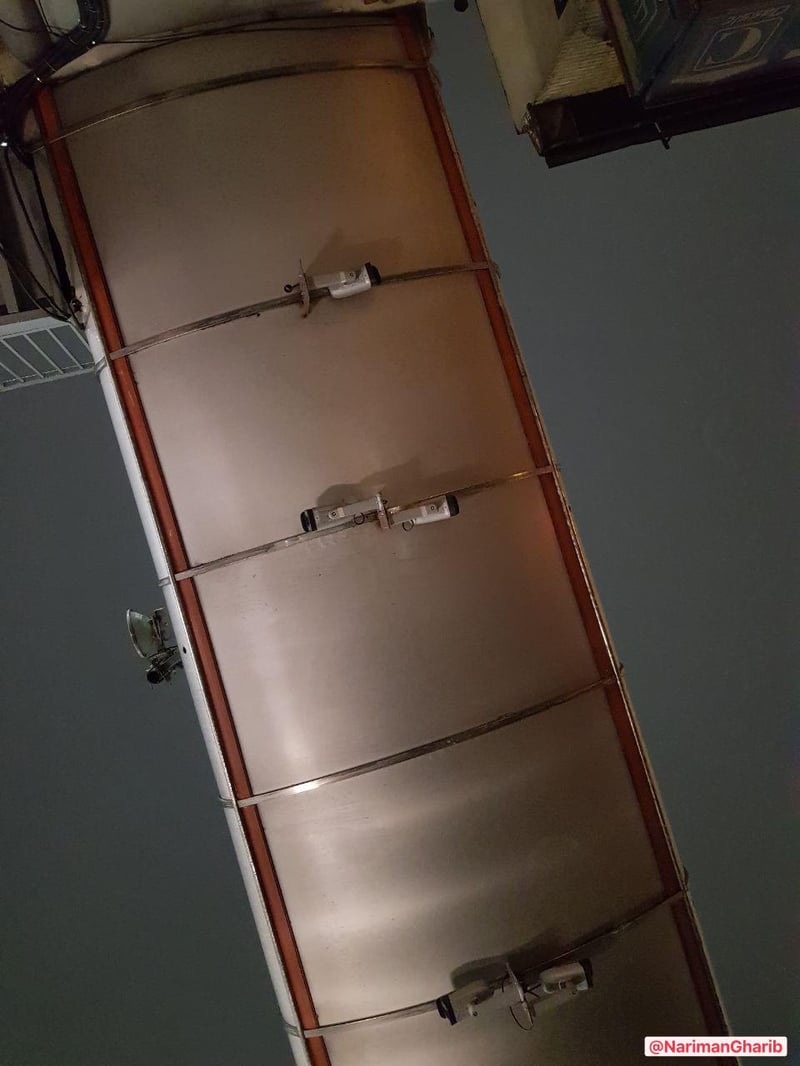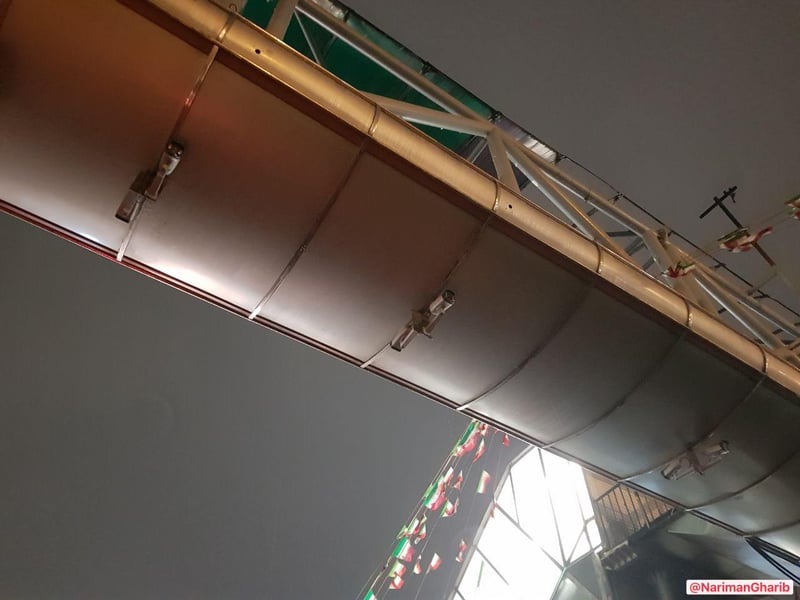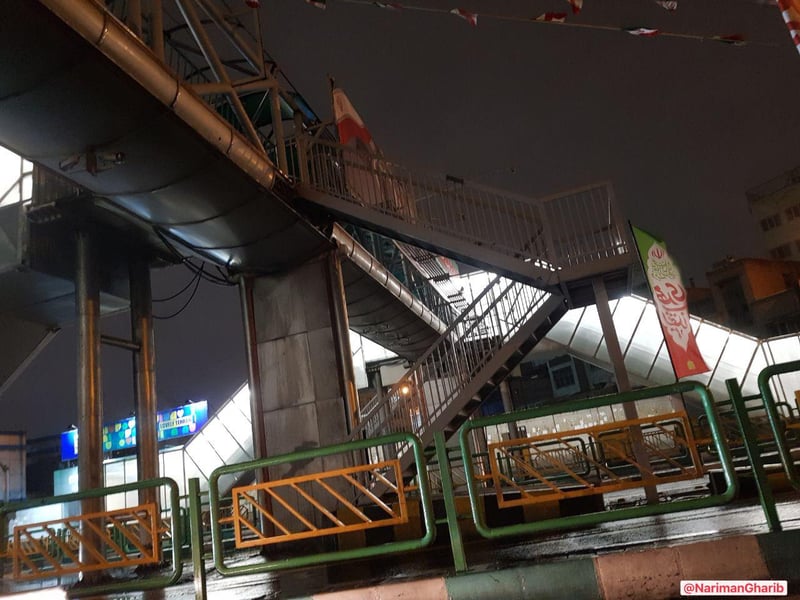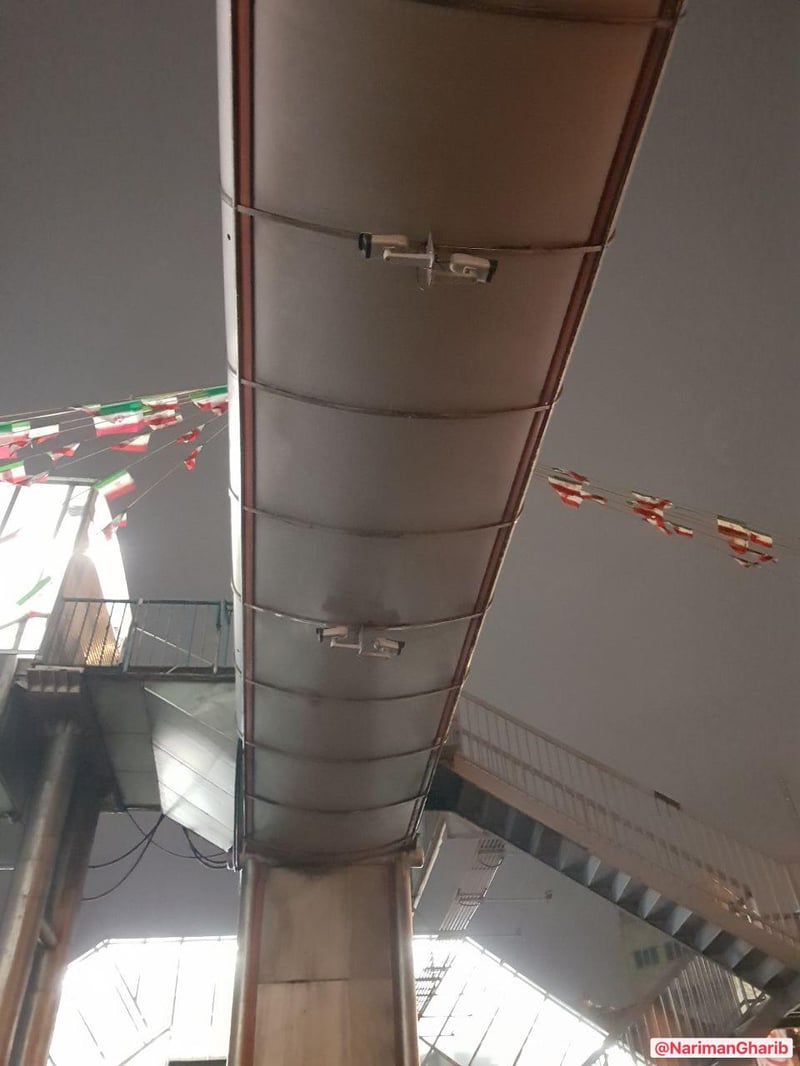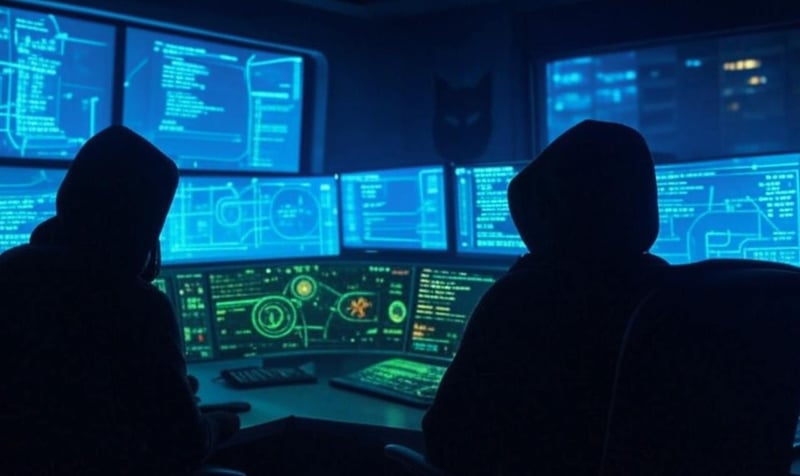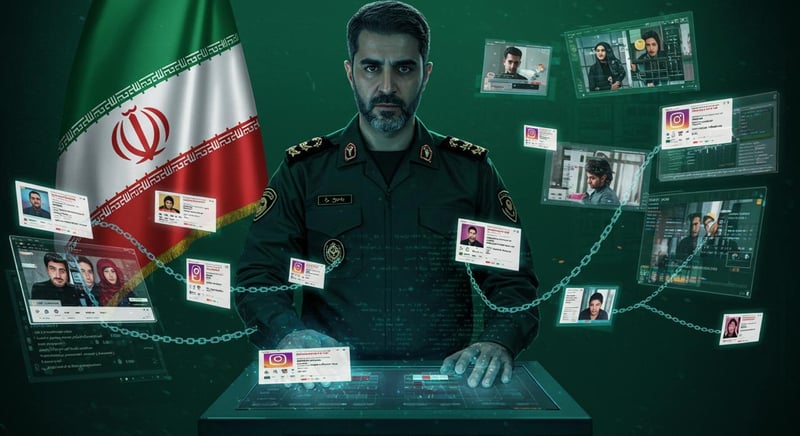A new and extensive surveillance network is covering Tehran's streets. According to information received from an informed source, the Islamic Republic is quietly installing advanced Chinese-made Hikvision cameras under pedestrian bridges. These cameras, carefully hidden from public view, are capable of simultaneous license plate and facial recognition, recording all movements across BRT lanes, vehicle routes, and sidewalks.
The main axis of this surveillance network spans from Enghelab Street to Azadi Street, where almost all pedestrian bridges have been equipped with this system. The project began with camera installations at the pedestrian bridge near Imam Hossein Square metro station and is rapidly expanding. Maintenance teams in unmarked vehicles equipped with lifts regularly service these cameras, especially before special events, and display no organizational identification.
Our source warns that citizens should be vigilant about these areas. When people pass through these points, not only are their images recorded, but authorities can simultaneously query information stored in local telecommunications towers (BTS) to track individuals' movements through their SIM cards and active phones. This information is stored and retrievable in the telecommunications system for extended periods and can be used for various purposes, including identifying cases of improper hijab in vehicles. Lack of caution in these areas could lead to identification and arrest.
According to digital security experts, citizens can employ multiple strategies to counter this advanced surveillance system. For mobile communications, it is strongly recommended to use temporary SIM cards or "burner phones." These SIM cards should be registered under someone else's name and used exclusively for passing through these areas. Additionally, turning off phones completely and disabling GPS, Bluetooth, NFC, and Wi-Fi while passing through these areas is essential, as each of these signals can be used for tracking.
To counter facial recognition systems, using medical masks along with large sunglasses is recommended. Also, frequently changing travel routes and avoiding predictable behavioral patterns can be effective. For vehicles, using special license plate covers that reflect camera light or anti-photography sprays (which should be used with caution) can be efficient.
Experts also emphasize the importance of digital behavior patterns. Avoiding logging into personal accounts in sensitive areas and refraining from posting photos or locations on social media in real-time can help maintain security. For essential communications, using encrypted and untraceable messaging apps is recommended.
Another important point is group coordination. It is recommended that people do not travel alone through these routes and always have someone outside the area aware of their location. Having an "emergency plan" for sensitive situations is also essential. For example, using applications that can automatically delete sensitive information at the press of a button.
However, the most important point is that none of these methods alone provides complete security. A combination of these strategies, along with constant vigilance and staying updated about new surveillance methods, can help protect privacy.
